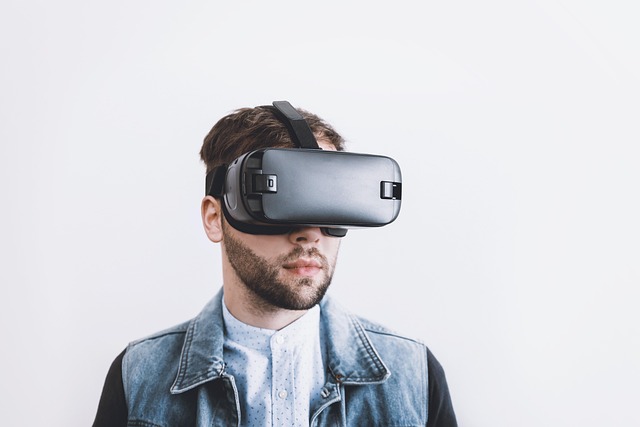Introduction
In the ever-evolving world of Imaging, Simulation has emerged as a driving force behind the next generation of TV and monitor design. By blending advanced algorithms with hardware innovations, engineers are creating display solutions that push the boundaries of clarity, color fidelity, and user immersion. From modeling light behavior to fine-tuning panel response times, Simulation serves as the invisible engine powering superior display technology.
The Role of Simulation in Display Technology
Simulation enables researchers and developers to virtually prototype complex systems without the cost and time associated with physical builds. Key benefits include:
- Accelerated design cycles – changes in panel architecture or backlight configuration can be tested instantly.
- Accurate modeling of real-world viewing conditions – ambient light, viewing angles, and screen reflections are all simulated to optimize contrast and brightness.
- Predictive color calibration – advanced software tools ensure uniform color accuracy across thousands of pixels before the first hardware sample is manufactured.
Enhancing TV Performance with Virtual Prototyping
Television manufacturers now rely on computational fluid dynamics (CFD) and finite element analysis (FEA) to assess cooling systems, circuit board layouts, and structural integrity. By integrating Simulation into every stage:
- Thermal hotspots are predicted and mitigated, preventing overheating in ultra-slim bezels.
- Mechanical tolerances are verified virtually, reducing assembly errors and improving durability.
- Energy efficiency is fine-tuned, enabling TVs to meet stringent power-consumption standards without sacrificing brightness or picture quality.
Visualization Techniques for Cutting-Edge Monitors
For PC and professional displays, response time and refresh rate are critical. Real-time Simulation algorithms model pixel-transition dynamics, ghosting effects, and backlight strobing. Developers can then:
- Optimize pixel driving schemes to achieve 1 ms gray-to-gray transitions.
- Design strobe backlighting sequences that minimize motion blur at high frame rates.
- Simulate HDR content delivery, ensuring deep blacks and vibrant highlights coexist seamlessly.
Technic Innovations Driven by Simulation
Breakthroughs in display substrates—such as microLEDs and quantum dots—are guided by Simulation-based material science. Researchers explore how nanoscale interactions influence color gamut and longevity. Examples include:
- Quantum dot layer thickness and placement, optimized virtually for maximum color purity.
- MicroLED pixel arrays simulated under different thermal loads to predict failure rates.
- Binder and encapsulation material choices validated for long-term stability through accelerated aging models.
Immersive Visualization and User Experience
End users feel the impact of these innovations in everyday life: cinematic HDR content on large-screen TVs, ultra-fast gaming monitors with tear-free performance, and portable displays for content creators that faithfully reproduce color. Virtual Reality (VR) headsets also benefit from display Simulation, where eyebox optimization and lens distortion correction are fine-tuned before hardware fabrication.
Looking Ahead
As hardware architects and software engineers collaborate more closely, the synergy between Simulation and display technology will continue to flourish. From AI-driven calibration routines to digital twins of production lines, the future promises even more realistic visualization, faster innovation cycles, and stunning Imaging results that redefine our viewing experiences.



